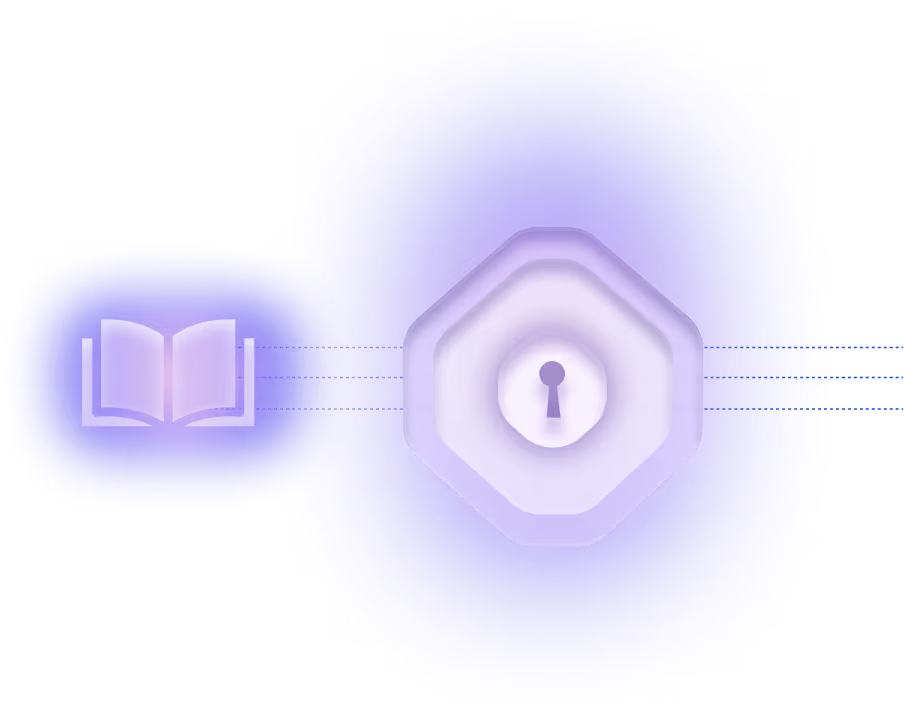HashiCorp Vault

What is HashiCorp Vault?
HashiCorp Vault is an open-source secrets management platform designed to securely store, access, and manage sensitive credentials such as API keys, tokens, passwords, certificates, and encryption keys. In modern enterprise environments—especially those dominated by non-human identities (NHIs)—Vault plays a central role in securing machine-to-machine communication by enabling dynamic secret generation, automated credential rotation, and fine-grained access control. It supports hybrid and multi-cloud architectures, offering integrations with platforms like Kubernetes, AWS, Azure, and GCP.
Why is it important?
Vault addresses critical security challenges associated with managing secrets at scale, particularly for NHIs that outnumber human identities by orders of magnitude in cloud-native environments. Traditional static secrets approaches increase the risk of credential leakage, over-permissioned access, and compliance violations. Vault mitigates these risks by issuing ephemeral credentials, enforcing least privilege policies, and providing audit logging for all secret access. For example, Vault can dynamically generate AWS IAM credentials for a Kubernetes pod, scoped to a specific task and valid for only minutes.
What are common applications or use cases?
In practice, Vault is used across various domains to secure automated workflows and infrastructure. Common use cases include:
- CI/CD pipelines obtaining temporary cloud credentials to deploy applications.
- Kubernetes workloads authenticating to Vault using service account tokens to retrieve TLS certificates.
- Service mesh architectures using Vault’s PKI engine to issue short-lived certificates for mutual TLS (mTLS).
- Data encryption where Vault’s transit engine performs cryptographic operations without exposing raw keys to applications.
What is the connection to NHIs (Non-Human Identities)?
Vault is purpose-built to support NHI-centric use cases. Its authentication methods—such as AppRole, Kubernetes Auth, and JWT/OIDC—are machine-friendly, enabling NHIs to authenticate securely and programmatically. Its dynamic secrets engines manage the full credential lifecycle, including issuance, renewal, revocation, and audit, reducing the risk of orphaned or overprivileged NHIs. This is vital in environments where thousands of machine identities interact autonomously, such as microservices, IoT systems, and AI/ML pipelines.
Are there any notable industry data, trends, or standards?
Studies show that over 90% of enterprise identities are now non-human, and misconfigurations in secrets management platforms like Vault are a leading cause of credential exposure. For instance, CVE-2024-8185 highlighted a denial-of-service risk in Vault’s Raft storage backend, emphasizing the need for secure deployment practices. Vault aligns with Zero Trust principles by enforcing just-in-time access and maintaining auditability, supporting compliance with frameworks such as NIST, SOC 2, and HIPAA.
What is the broader impact or takeaway?
HashiCorp Vault is an essential infrastructure component for securing NHIs in modern, distributed environments. While it offers robust capabilities for secrets management, its effectiveness depends on proper configuration, integration, and governance. When combined with broader NHI security strategies—such as lifecycle automation, threat detection, and policy enforcement—Vault enables enterprises to reduce risk, maintain compliance, and support secure digital transformation at scale.





